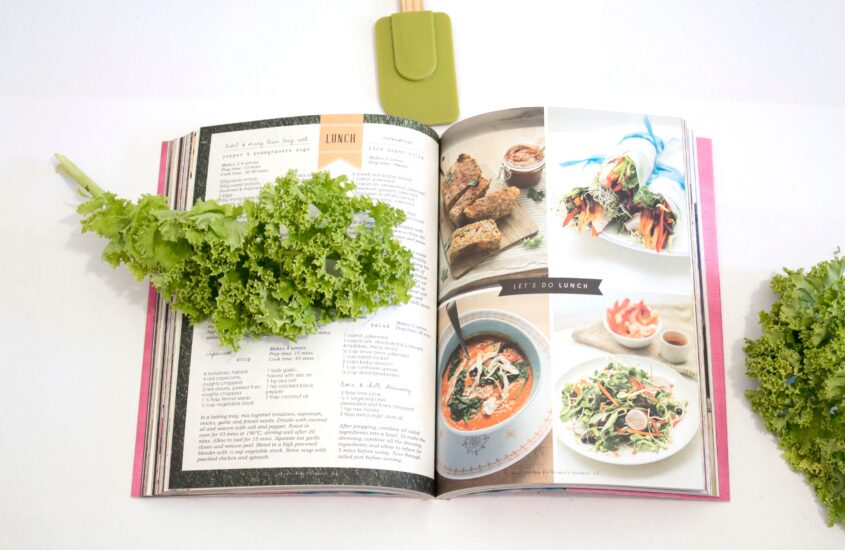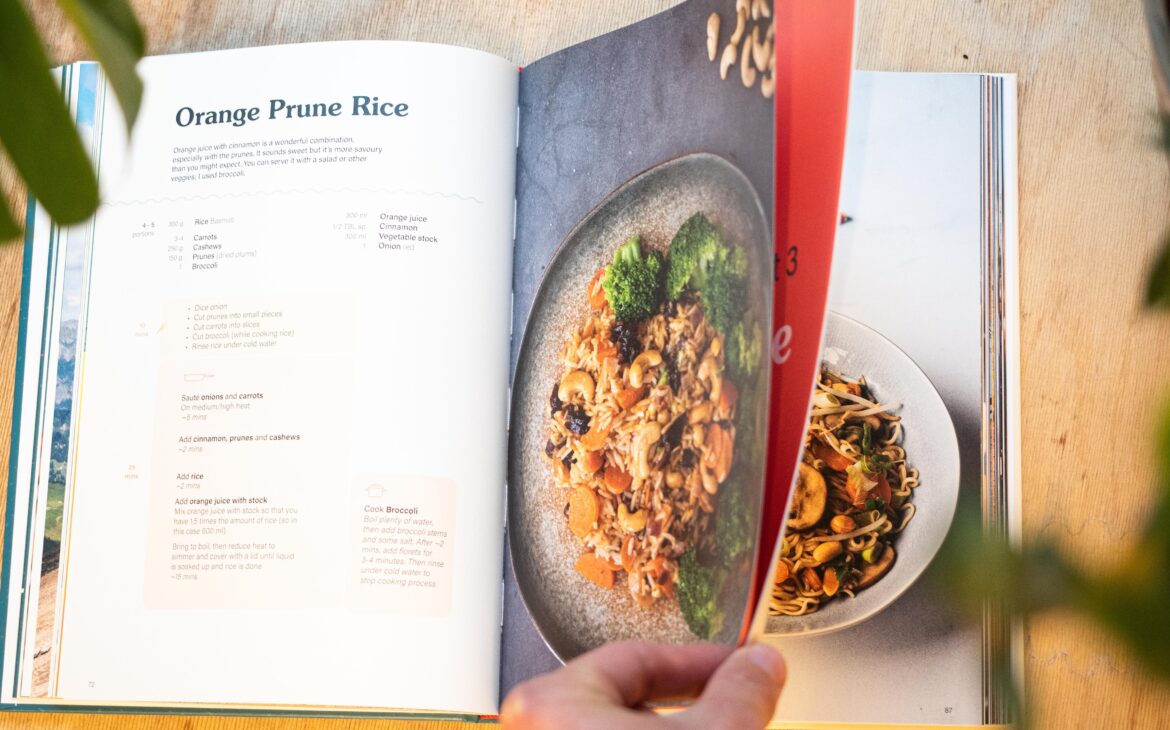How to Make the Perfect Homemade Pizza: Step-by-Step Instructions

How to Make the Perfect Homemade Pizza: Step-by-Step Instructions
Welcome to the world of homemade pizza, where deliciousness meets creativity! Making your pizza from scratch allows you to have complete control over the ingredients, flavors, and textures, resulting in a truly personalized culinary experience. Whether you’re a seasoned home cook or a novice in the kitchen, this step-by-step guide will walk you through the process of creating the perfect homemade pizza.
From selecting the freshest ingredients to mastering the art of dough-making and baking, get ready to embark on a delightful pizza-making adventure that will impress your taste buds and satisfy your cravings.
1. Introduction: The Art of Homemade Pizza
Why Make Pizza at Home?
Picture this: a Friday night, you’re craving pizza, but the thought of waiting an hour for delivery makes your stomach grumble even louder. That’s where homemade pizza comes to the rescue! Not only can you satisfy your pizza cravings in a jiffy, but you also have the power to customize it to your heart’s content. No more compromising on toppings or wondering if the delivery person will somehow squish your carefully chosen toppings. Making pizza at home gives you the freedom to create your slice of heaven.
The Joy of Crafting Your Pizza
There’s something magical about the process of making your pizza. From kneading the dough to watching it rise, it’s like having a front-row seat to a delicious transformation. Plus, the satisfaction you’ll feel when you take that first bite of a piping hot, homemade pizza is unparalleled. So roll up your sleeves and get ready to embark on a culinary adventure that will leave your taste buds dancing with joy.

2. Gathering the Ingredients and Tools
Essential Ingredients for Homemade Pizza
Before we dive into the doughy goodness, let’s talk ingredients. To make the perfect homemade pizza, you’ll need some pantry staples like flour, yeast, salt, and olive oil. Don’t forget the star of the show – tomato sauce (or experiment with pesto or white sauce for a twist!). And of course, cheese, because what’s a pizza without a generous sprinkle of melty, gooey goodness? Finally, don’t be shy with the toppings; let your imagination run wild!
Tools and Equipment Needed for Pizza Making
Now that you’ve got your ingredients sorted, it’s time to gather your tools. You’ll need a mixing bowl, a measuring cup, and a trusty whisk (or just use your hands, it’s more fun that way). A rolling pin or your good old hands can be used to shape the dough, and a baking sheet or a pizza stone will help you achieve that crispy crust. Don’t forget a pizza cutter to slice your masterpiece and, most importantly, an appetite for deliciousness!
3. Preparing the Pizza Dough
Choosing the Right Flour
The foundation of any good pizza is the dough, and choosing the right flour is key. Opt for high-protein flour, like bread flour or Tipo ’00’ flour, for a dough that’s light, airy, and perfectly chewy. All-purpose flour works too if that’s what you have on hand – your taste buds won’t complain!
Measuring Ingredients Accurately
Baking is more of a science than an art, so precision matters. Use a measuring cup or scale to measure your ingredients accurately. A little too much flour or too little water can throw off the balance, resulting in a less-than-perfect pizza. Trust us, you don’t want all your hard work to go to waste!
Mixing and Kneading the Dough
Now, it’s time to put those muscles to work! Mix your dry ingredients, add the wet ingredients, and knead until you have a smooth and elastic dough. Think of it as a stress-relieving workout that yields delicious rewards. If the dough springs back when you poke it, congratulations, you’ve mastered the art of kneading!
4. Letting the Dough Rise: Importance and Techniques
Understanding the Role of Dough Rising
Ah, the dough rising. It’s like watching a caterpillar transform into a beautiful butterfly, except in this case, it’s dough turning into your pizza crust. Allowing the dough to rise gives it time to develop flavor and texture, resulting in a crust that’s light, fluffy, and oh-so-tasty. Patience is a virtue, my friend!
Methods for Proper Dough Rising
When it comes to dough rising, there are a few techniques you can choose from. You can let it rise at room temperature, covered with a damp cloth, for a couple of hours. Or, if you’re in a hurry to devour your pizza, you can use the magic of yeast and let it rise in a warm oven for a shorter time. The choice is yours, but remember, good things come to those who wait (or use yeast).
Now that you’ve mastered the art of preparing the perfect homemade pizza dough and letting it rise to glory, you’re ready to embark on the next step: topping and baking your masterpiece. Stay tuned for part two of our series, where we’ll delve into the world of pizza toppings and the art of achieving that heavenly crispy crust. Get those taste buds ready!
5. Creating the Flavorful Pizza Sauce
Choosing the Base: Tomato Sauce or Alternatives
When it comes to creating the perfect homemade pizza sauce, you have a choice to make: traditional tomato sauce or alternatives. While tomato sauce is the classic choice, don’t be afraid to get creative. Salsa, pesto, or even barbecue sauce can all serve as delicious alternatives that add a unique twist to your pizza.
Adding Herbs and Spices for Extra Flavor
To take your pizza sauce to the next level, don’t forget to add some herbs and spices for extra flavor. Basil, oregano, garlic, and red pepper flakes are all popular choices that can elevate the taste of your sauce.
6. Choosing and Preparing the Toppings
Selecting Quality Cheese for Pizza
When it comes to pizza, cheese is a crucial ingredient that can make or break your creation. Opt for quality cheeses like mozzarella, provolone, or fontina. These melt beautifully and bring that stretchy, gooey goodness we all crave. Avoid using pre-shredded cheese as it often lacks flavor and doesn’t melt as nicely.
Exploring Various Meat and Vegetable Toppings
From classic pepperoni and sausage to gourmet options like prosciutto or artichoke hearts, there’s a topping to suit every taste bud. Get creative with vegetables like bell peppers, onions, mushrooms, or even pineapple if you’re feeling adventurous.
7. Assembling and Baking the Pizza
Rolling Out the Dough and Shaping the Pizza
Now it’s time to shape your pizza. Dust your work surface with flour, remove your dough, and gently stretch it into your desired shape. Don’t worry about making a perfect circle – rustic shapes add character to homemade pizzas!
Spreading the Sauce and Layering the Toppings
Spread a generous amount of your flavorful pizza sauce onto the rolled-out dough, leaving a small border for the crust. Then, sprinkle your chosen cheese evenly over the sauce. It’s important to layer your toppings strategically to ensure even distribution and prevent a soggy crust. Start with meats, followed by vegetables and any other toppings you desire.
Mastering the Baking Process
Preheat your oven to around 475°F (245°C) and place your pizza on a preheated pizza stone or baking sheet. Keep an eye on it, as baking times may vary depending on your oven and the desired level of crispiness.

8. Tips and Tricks for a Perfect Homemade Pizza
Experimenting with Different Crust Variations
Don’t limit yourself to traditional pizza dough; try experimenting with different crust variations to keep things interesting. Explore whole wheat, cauliflower, or even gluten-free alternatives. Each crust type offers a unique flavor and texture, allowing you to customize your pizza experience.
Enhancing Flavors with Seasonings and Condiments
Don’t be shy when it comes to adding extra flavor. Sprinkle some extra herbs, such as fresh basil or dried thyme, over your pizza after baking. Drizzle with balsamic glaze, hot honey, or chili oil for an added kick. These small touches can take your homemade pizza from good to gourmet.
Storing Leftover Dough and Pizza for Future Enjoyment
If you find yourself with extra dough or leftover pizza, don’t worry! Pizza dough can be stored in an airtight container in the fridge for up to three days or frozen for future use. Leftover pizza can be refrigerated and reheated in the oven or enjoyed cold as a quick snack. Pizza is a versatile leftover that never goes to waste!
Now that you have all the steps and tips to make the perfect homemade pizza, it’s time to put on your apron, get creative, and enjoy the delicious rewards of your labor. Happy pizza-making!
9. Conclusion: Mastering the Perfect Homemade Pizza
Congratulations! You have now learned the art of making the perfect homemade pizza. By following these step-by-step instructions, you can create a pizza that rivals your favorite pizzeria. With time and experience, you’ll develop your unique techniques and preferences. So gather your loved ones, enjoy the satisfaction of homemade goodness, and savor every bite of your delicious homemade pizza creations. Happy pizza making!
FAQ
1. Can I use gluten-free flour for the pizza dough?
Yes, you can use gluten-free flour to make the pizza dough. However, keep in mind that the texture and consistency may differ from traditional wheat-based dough. Experiment with different gluten-free flours and follow specific recipes designed for gluten-free pizza dough for optimal results.
2. How long should I let the dough rise?
The duration of dough rising can vary depending on the recipe and temperature conditions. As a general guideline, allow the dough to rise until it has doubled in size, which usually takes around 1 to 2 hours. However, some recipes may require longer rising times for enhanced flavor development.
3. Can I make the pizza dough in advance?
Absolutely! This allows the flavors to develop further and can make the dough easier to work with. Simply wrap the dough tightly in plastic wrap or place it in an airtight container, and when you’re ready to use it, let it come to room temperature before proceeding with shaping and baking.
4. How can I achieve a crispy crust?
To achieve a crispy crust, ensure your oven is preheated to a high temperature (around 475-500°F or 245-260°C) before baking the pizza. Preheat a baking stone or a baking sheet in the oven as well. This will help create a hot surface that promotes better browning and crispiness. Additionally, rolling out the dough thinly and applying a thin layer of sauce can also contribute to a crispier crust.
Thank you for reading 🙂











